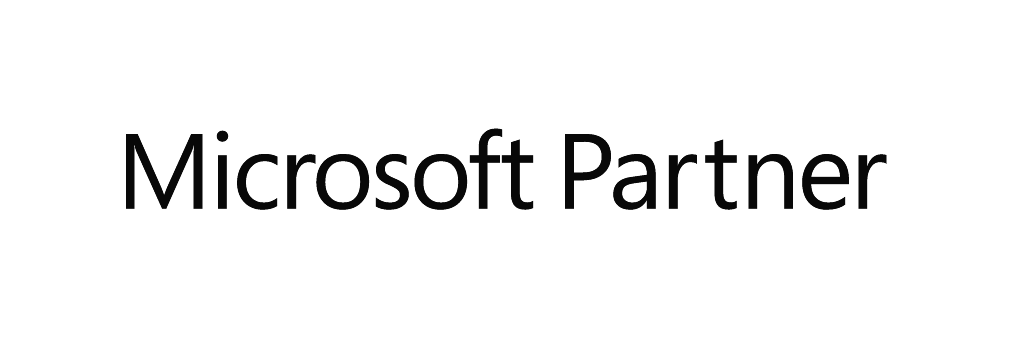ST. THOMAS, Ont. – St. Thomas Elgin General Hospital (STEGH)’s diagnostic imaging department is now able to receive DI eReferrals as part of the Ontario eServices Program. Primary care clinicians and specialists are able to send electronic referrals directly to the DI department from most electronic medical records.
This initiative is part of the Ocean to Novari integration (Medical Imaging Requisition Management – MIRM). “This initiative is a major accomplishment which will help to streamline diagnostic imaging care and services for patients across our region,” said Yolanda Mundt, manager of Diagnostic Imaging.
Digitizing the e-referral process and wait times means the hospital is better prepared to manage the volume of requests in a seamless manner for primary care physicians and specialists. The successful implementation of medical imaging referral management technology provides an electronic means to manage the receipt, processing and workflows associated with inbound referrals for medical imaging. Individual workflows for CT, mammography, nuclear medicine, and other imaging modalities are complex and still paper-based at most Canadian hospitals.
The Novari MIRM system’s workflow capabilities can be configured by hospitals to accommodate unique workflows for each modality and eliminate risks and inefficiencies inherent in paper-based processes. The Novari technology provides front line staff and management with accurate and real-time data on the volume of requisitions, the status of every patient’s referral and bottlenecks in the system.
“This innovation will improve the patient’s ability to receive timely care by streamlining the administrative processes required for patient appointments. The electronic requisition is a valuable tool enabling STEGH to be more efficient while focusing time and attention on direct patient care. The transition to eReferral offers many benefits for both clinicians and patients, all of which contribute to improved provider and patient experience within the healthcare system,” said Monica Olanski, vice president Patient Services and chief information officer.
Benefits include:
- Patients are better informed regarding the status of their appointments and can confirm these appointments electronically.
- Pre-populated forms for the patient chart on the referring end, ensuring up-to-date patient information is received, such as medication lists and allergies.
- Receiving complete referrals, eliminating the need to request additional information from the referrer and speeding up wait times.
- Fewer reminder phone calls to patients with automated patient alerts.
- Elimination of faxes or phone calls to referring providers informing them of the appointment status.



